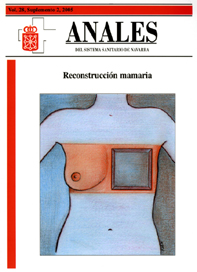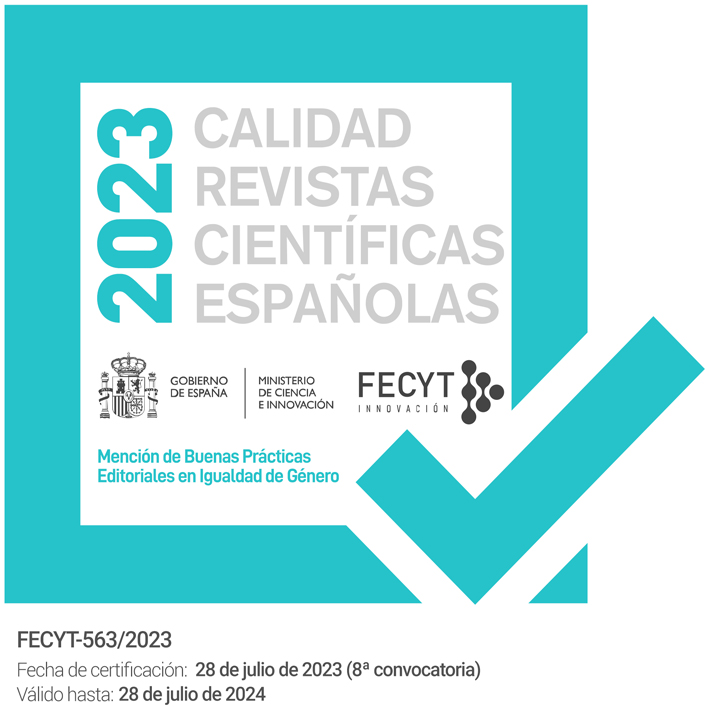Breast reconstruction with the transverse rectus abdominis musculocutaneous (TRAM) flap
Keywords:
TRAM. Colgajo musculocutáneo de recto abdominal transverso. Reconstrucción. Mama. Microcirugía. Autógeno.Abstract
The transverse rectus abdominis musculocutaneous (TRAM) flap has been the most employed technique in autogenous breast reconstruction. It provides a new breast of adequate volume, ptosis and natural appearance, and does not require the implantation of prosthesis; a good symmetry with the contralateral breast is obtained, which lasts over time. The drawback of this technique is the morbidity of the abdominal wall. This flap sacrifices the muscle and the anterior rectus sheath which can result in consequences such as hernias and eventrations. To minimise this problem the microsurgical TRAM flap was developed, which only sacrifices a portion of muscle, significantly reducing the number of sequels. A drawback is the difficulty of the surgical technique, which requires mastery of vascular-nervous microsurgery. In conclusion, a new breast can be returned to the mastectomised woman in a completely autogenous way, with a volume, form and texture similar to the healthy side, which helps in short to recover lost self-esteem.Downloads
Downloads
Published
How to Cite
Issue
Section
License
La revista Anales del Sistema Sanitario de Navarra es publicada por el Departamento de Salud del Gobierno de Navarra (España), quien conserva los derechos patrimoniales (copyright ) sobre el artículo publicado y favorece y permite la difusión del mismo bajo licencia Creative Commons Reconocimiento-CompartirIgual 4.0 Internacional (CC BY-SA 4.0). Esta licencia permite copiar, usar, difundir, transmitir y exponer públicamente el artículo, siempre que siempre que se cite la autoría y la publicación inicial en Anales del Sistema Sanitario de Navarra, y se distinga la existencia de esta licencia de uso.








